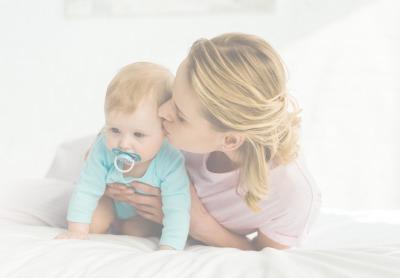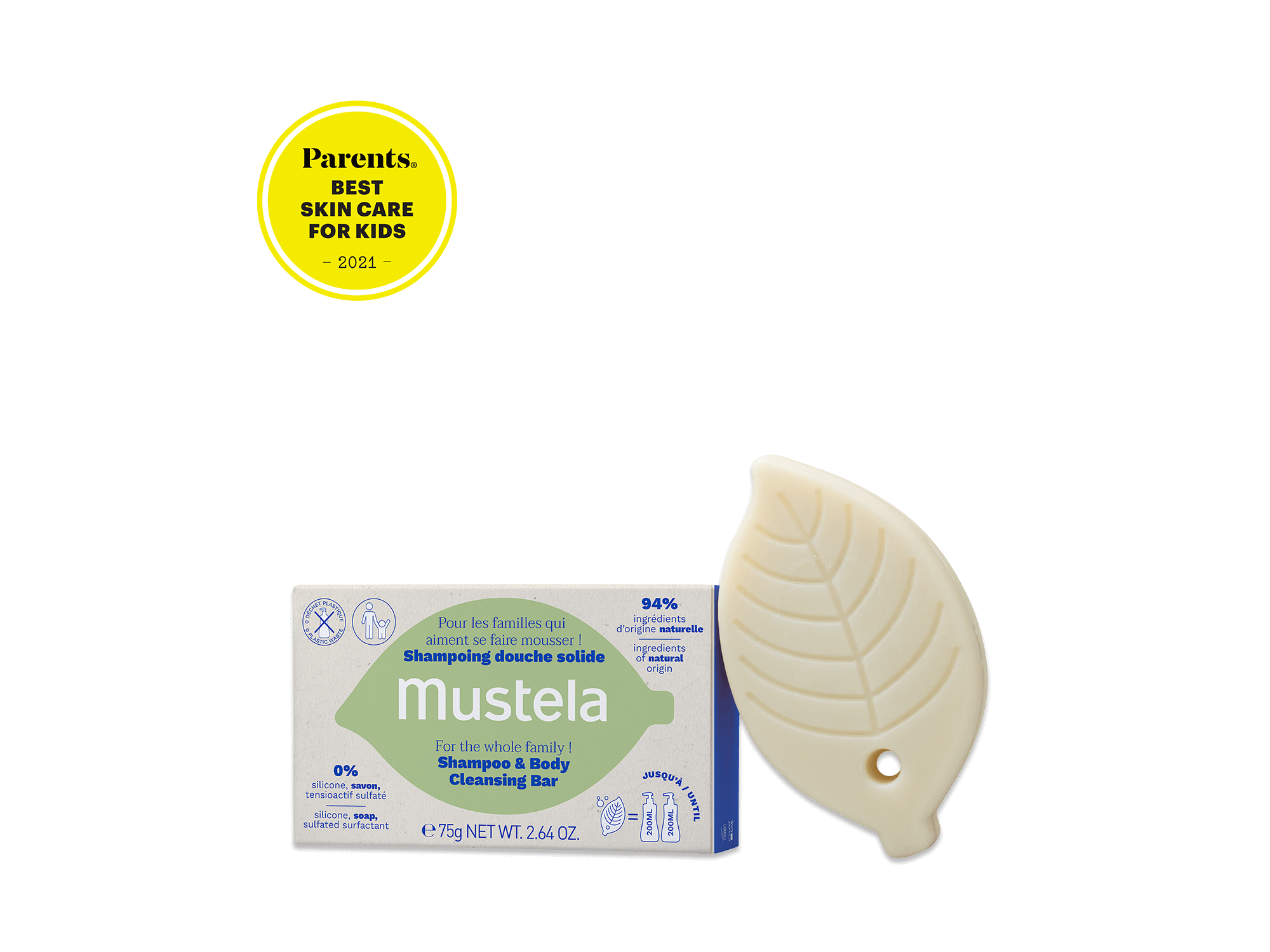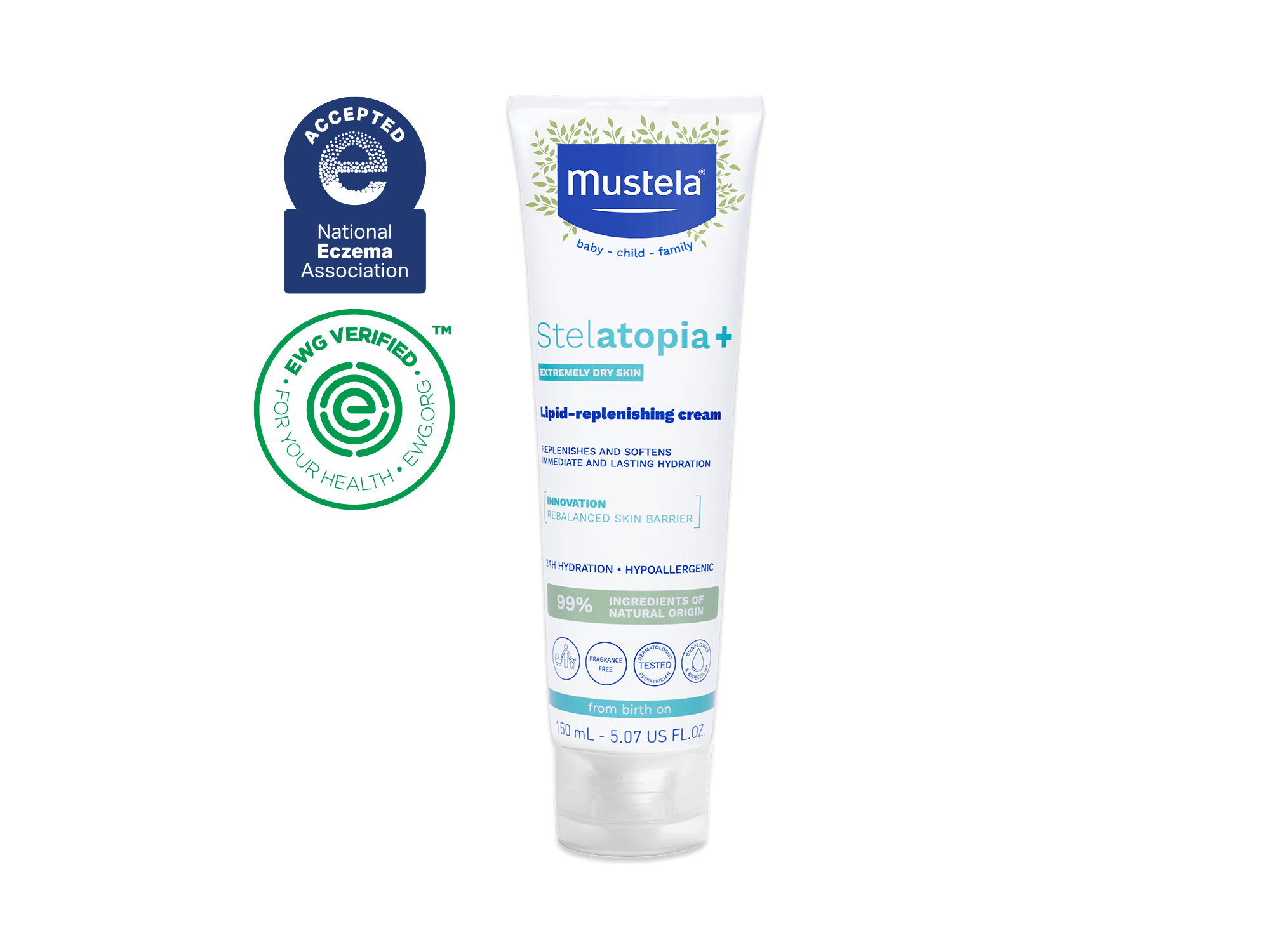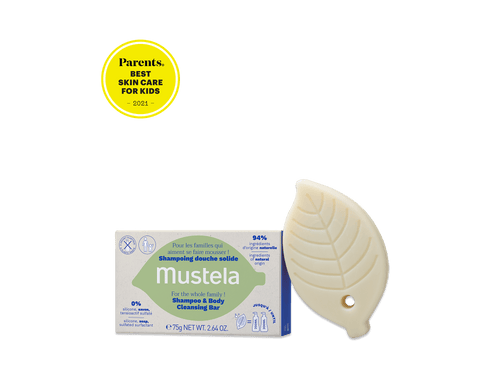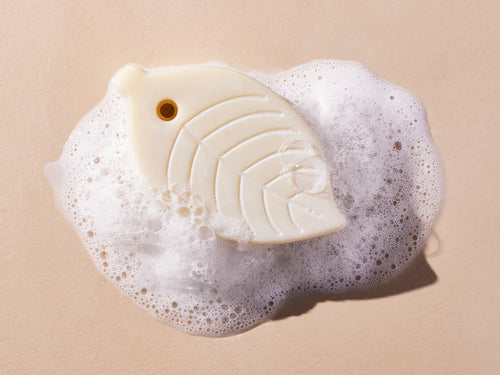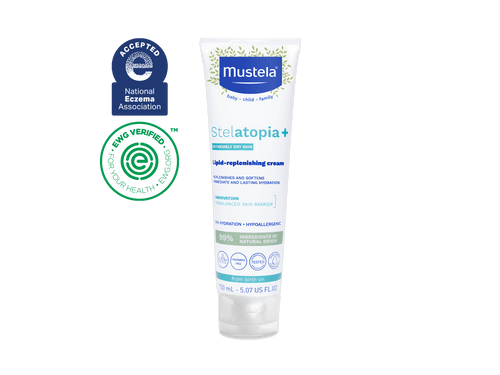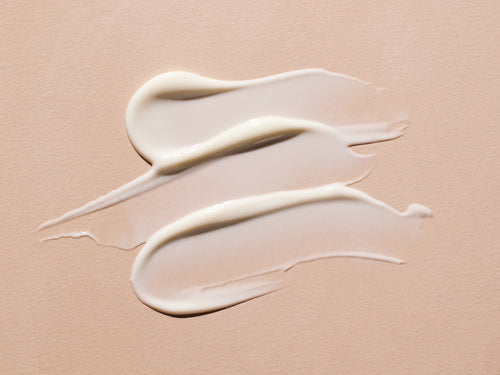If you’re like most new parents, baby first aid is at the forefront of your mind. And since your baby’s body is still developing, the first aid procedures you need to know are a little different than those for administering first aid to an older child.
Fortunately, Mustela’s baby experts have your complete guide for baby first aid so that you can be prepared, remain calm, and administer help to your baby in the event of an emergency or accident. Take a look below at our list of first aid procedures for various mishaps and injuries.
Baby First Aid: Rashes

When you notice a rash on your baby, you’ll wonder where it came from. Is it baby acne, eczema, heat rash, or an allergic reaction?
Baby Acne
Baby acne, or neonatal acne, can be caused by exposure to maternal hormones while in the womb or while breastfeeding. This is not necessarily a rash but can be mistaken for one due to your baby’s red, inflamed skin.
To treat baby acne on your little one’s face, try Mustela’s Soothing Moisturizing Face Cream. Apply this cream daily to protect and relieve your baby’s sensitive skin.
You can also try Mustela’s No Rinse Soothing Cleansing Water, which dissolves dirt and impurities without stripping your baby’s skin of its natural oils. Simply apply and pat dry for quick and easy cleansing.
Eczema
Eczema is a common condition among babies that causes dry, flaky skin. It may look like a rash but shows up as red patches on the surface of your baby’s sensitive skin.
Mustela’s Eczema-Prone Skin Essentials Bundle is the best way to tackle the discomfort of eczema. The bundle includes our Limited Edition Stelatopia Cleansing Cream, Stelatopia Emollient Cream, and Stelatopia Emollient Balm. These products work hand-in-hand to protect and replenish your baby’s eczema-prone skin!
And if your little one suffers from facial eczema, try our Stelatopia Emollient Face Cream.
Expert tip: Dress your little one in Mustela’s Stelatopia Skin Soothing Pajamas for extra protection and relief from eczema at nap time and bedtime. Made with natural ingredients, these pajamas provide soothing moisture all night long so your baby can sleep soundly.
Heat Rash
Heat rash on babies appears in the form of red, itchy skin or tiny bumps. If you notice a rash on your baby while they’re in the heat, remove them from the hot environment to see if that helps. Keep your baby’s body temperature down by placing a cold compress on their body to ease any discomfort.
Allergic Reaction
Allergic reactions tend to appear on the skin within the first 10 minutes after exposure to a substance. The quick appearance of a rash on your little one’s skin is the best indicator that they are having an adverse reaction to something.
As with any type of rash, keep your baby’s skin clean by washing their face and body with Mustela’s Soothing Cleansing Gel. This gentle cleanser is formulated for babies with especially sensitive skin.
Follow up with our Soothing Moisturizing Body Lotion to protect and relieve your baby’s skin. It’s specifically designed for babies with very sensitive, rashy, or reactive skin.
Baby First Aid: Cuts And Scrapes

Once your baby starts moving around, they’ll become more susceptible to cuts and scrapes. Avoid any rough surfaces when your little one is on the move, and keep an eye out for sharp objects that are in their path.
Most cuts and scrapes can be treated at home, so follow these steps to heal your little one’s skin:
-
Gently clean the affected area with gentle soap and water.
-
Pat dry.
-
Apply an ointment to your baby’s cut, such as Mustela’s Cicastela Moisture Recovery Cream. It will relieve any skin discomfort that accompanies cuts and scrapes by delivering cooling hydration. Say good-bye to boo-boos with this medicine cabinet must-have!
-
Follow up by covering the area with a band-aid if needed.
-
Give lots of TLC!
Repeat these steps once per day until the area is fully healed.
If your baby’s cut or scrape is deep and won’t stop bleeding, seek out a medical professional for further treatment. Until your baby receives medical attention, place a cloth or gauze on the affected area and apply pressure.
Tip: Invest in two first aid kits — one for your home and the other for your car.
Baby First Aid: Head Injuries

Head injuries in babies are quite common, but the good news is that they are typically minor injuries with bumps or bruises.
That said, head injuries are nothing to mess around with. Watch for the following signs in your baby after they take a tumble:
-
Loss of consciousness
-
Seizure
-
Lethargy right after the incident
-
Significant blood loss
-
Vomiting
If you notice any of the above symptoms, call your child’s pediatrician right away. Depending on the extent of the situation, they may want you to call 9-1-1 instead.
But don’t worry! Most head injuries can be treated by applying a cold compress to the affected area and, of course, giving lots of hugs and kisses!
Baby First Aid: Burns

Scald burns from hot water and other liquids are the most common type of burns in young children and are generally considered first-degree. Take a look at the different burn classifications:
-
First-degree - redness
-
Second-degree - blistering
-
Third-degree - searing of the skin
Even though first-degree burns are common and don’t require immediate medical attention, your little one’s skin may still sting. You can imagine the amount of pain and discomfort your baby may experience.
To help ease this discomfort and heal your baby’s skin, follow these steps:
-
Remove your baby from the source of the burn.
-
Flush the area with cool water.
-
Loosely wrap the affected area with gauze to prevent an infection.
More severe burns — such as second- and third-degree burns — can cause injury beneath the skin and sometimes even lead to difficulty breathing. Call 9-1-1 right away if you suspect the burn is severe, especially for electrical, chemical, and fire burns.
Baby First Aid: Poisoning

Babies are curious and can sometimes get into harmful substances. If your baby ingests medicines, cleaning products, or any other chemical, call the American Association of Poison Control Centers (AAPCC). Add this number to your speed dial: 1-800-222-1222.
Have the below information handy when placing a call to AAPCC:
-
Name of the ingested product
-
Ingredients of the ingested product
-
How much of the ingested product is missing from the original bottle
-
Time of incident
Your baby may not show any symptoms of a reaction after ingesting a harmful product. Still, call AAPCC. Sometimes your baby may begin to vomit the substance. If this happens, collect a sample of the vomited material just in case the doctors need to run tests.
Don’t let this alarm you! We want you to be informed, but just know that most calls to the AAPCC are nothing more than precautionary measures to ensure that your baby is safe and healthy.
Baby First Aid: Choking

Choking occurs when your baby’s airway is blocked. If your child is coughing while choking, this is a good sign that some air is able to get into their lungs. Watch your baby’s reflexes carefully as their body tries to dislodge the object on its own through coughing.
It’s time to step in if your baby doesn’t cough up the object right away. Have someone call 9-1-1 while you administer CPR. Take a look at how to perform infant CPR since it’s different than your typical CPR procedures:
-
Position your baby facedown on your forearm and rest your arm on your thigh for support. (Support your baby’s chin with your hand. Make sure their head and neck are lower than their chest.)
-
Use the palm of your other hand to administer five back blows between the shoulder blades.
-
If your baby does not cough up the object, position them on their back on your forearm. (Again, support your baby’s head with your hand. Make sure their head and neck are lower than their chest.)
-
Give five chest compressions with your pointer and middle finger. (Pictured above)
-
Alternate between back blows and chest compressions until the object is dislodged.
-
Always follow up with a doctor if you have to perform CPR.
If your baby becomes unconscious after receiving infant CPR, give two rescue breaths. If you don’t see your baby’s chest rising, this means the airway is blocked.
Tilt your baby’s head back further, slightly lift their chin, and give two more slow rescue breaths. If you still don’t see the chest rising, continue with chest compressions until help arrives.
Choking can be one of the scariest experiences for a parent, but attending a CPR class is the best way to be prepared for this situation. Make sure anyone who is a caregiver for your child is up to date in their infant CPR training.
Stay Calm And Be Proactive

The best course of action with any of the above instances is to stay calm. Be proactive by keeping the environment safe around you and your baby to avoid any injuries.
Stay up to date in your training of first aid and CPR. When you’re better informed, you’re more apt to remain calm, think quickly, and respond appropriately to the situation.
Use Mustela’s gentle skin products to keep your baby’s skin rash-free, and stay on top of the game with a secure environment to keep your little one safe and healthy. Now go enjoy your time with your baby!



